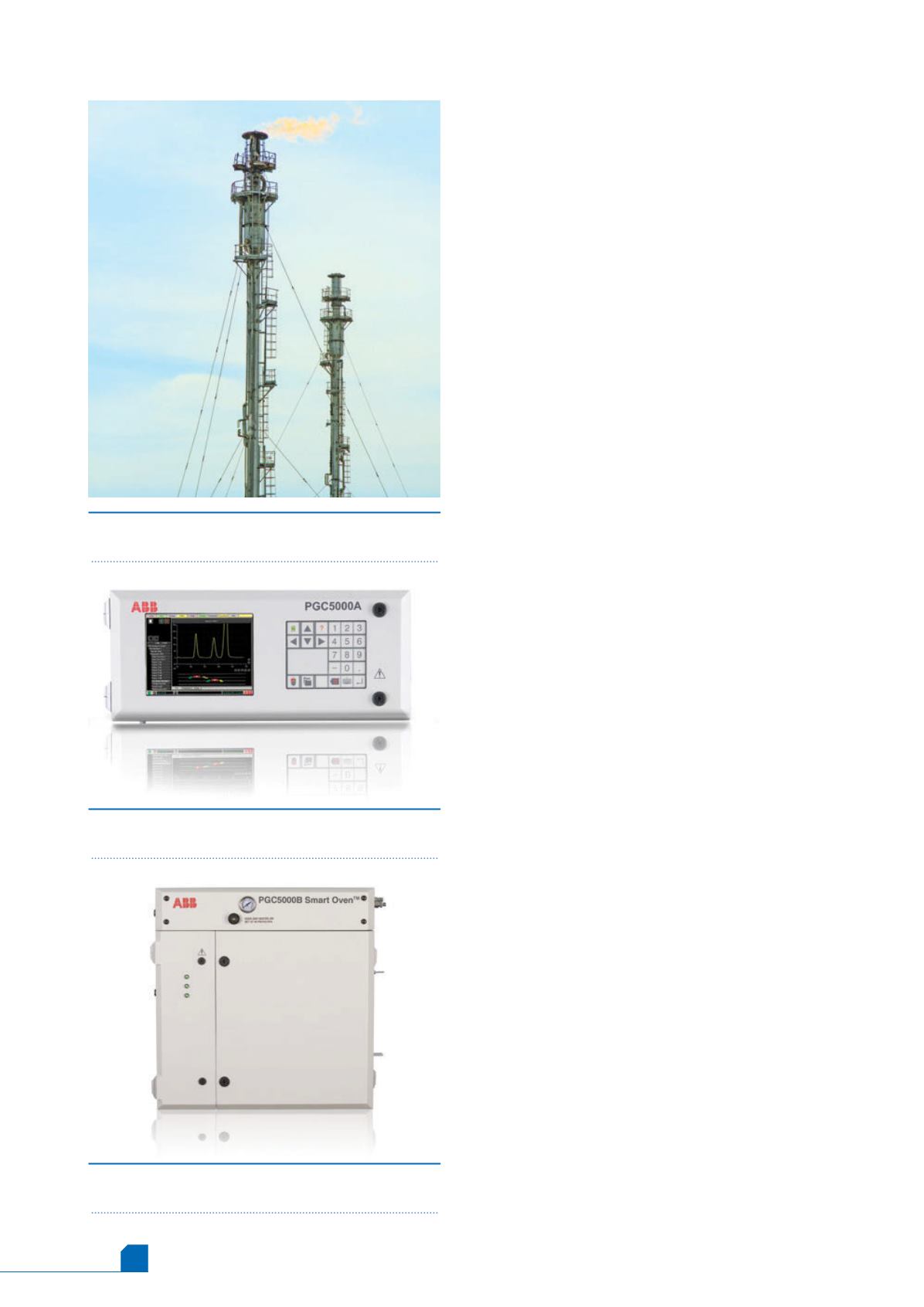
June
2016
HYDROCARBON
ENGINEERING
22
reduced flaring and venting volumes over the past few years
by using a combination of regulations and non-regulatory
incentives, such as fiscal policies and gas market reforms. The
US, EU, Canada and Norway are among the most sensitive
legislations in the matter of flare monitoring regulations. In the
US, the Environmental Protection Agency (EPA) has established
pollution control requirements for certain industrial activities
that emit significant ‘criteria air pollutants’. These requirements
are known as the new source performance standards (NSPS),
and regulate pollutants such as sulfur dioxide and total
reduced sulfur. NSPS are detailed in Chapter 40 of the Code of
Federal Regulations, Part 60 (40CFR60), and are intended
primarily to establish minimum nationwide requirements for
new facilities. Generally, guidelines from the EPA led
environmental agencies in other countries to a common
approach for the monitoring of flared exhausted gases.
The flare is a last line of defense in the safe emergency
release system in an industrial plant, such as a refinery, chemical
or petrochemical complex, and the design of flare systems
varies significantly from one plant or process to another,
meaning that it is unlikely to find a singular definition of a
standard flare stream composition. Analysers are then required
to have the application flexibility when it comes to flare gas
analysis. Other major factors influencing flare systems are: flow
rate, gas composition, gas temperature and available gas
pressure. These parameters require monitoring too.
Process gas chromatography
Process gas chromatography (PGC) represents an industrial
solution for attaining representative process measurements
within a short cycle time, and with a high degree of data
availability. Multiple oven technology, specific column and
valve configurations, together with a wide detector range for
sensitivity and selectivity allow serial and parallel
measurements of multiple streams with high compositional
complexity and variation. Latest PGC developments enable
analysers to self-diagnose key electronic and non-electronic
components, providing continuous feedback to control
systems about the equipment condition, allowing real time
analysis, stream or component validations. The option of
coupling smart sampling handling systems (SHS) to process gas
chromatographs offers the highest degree of analytical system
asset monitoring from the sample tap up to the analyser.
Sample pressure and temperature, sample flow alarm status,
filter differential, pressure alarm status and analogue inputs
can be part of the sampling system design, thanks to low
powered sensors suitable for ATEX installation. Key validation
parameters are rooted through the analyser’s control unit to
control systems. It is well known that sample
representativeness may be an issue during process upset or
blowdown events. Manual sampling is also unlikely during
such events, as pipe high pressure conditions can compromise
personnel safety. Ultimately, having access to this data saves
significant amounts of time for analyser technicians by
offering a maintenance on demand scenario versus scheduled
maintenance.
Process gas chromatographs allow an online and
automatic sampling and analysis of flare effluents. ABB offers
a proven analytical solution to meet refinery flare monitoring
requirements based on years of expertise within the
Figure 1.
The flare is a last line of defense in the safe
emergency release system.
Figure 2.
PGC5000A Master Controller with
interactive touchscreen user interface.
Figure 3.
The PGC5000 series multiple oven platform
with flexible analyser system configuration options.


